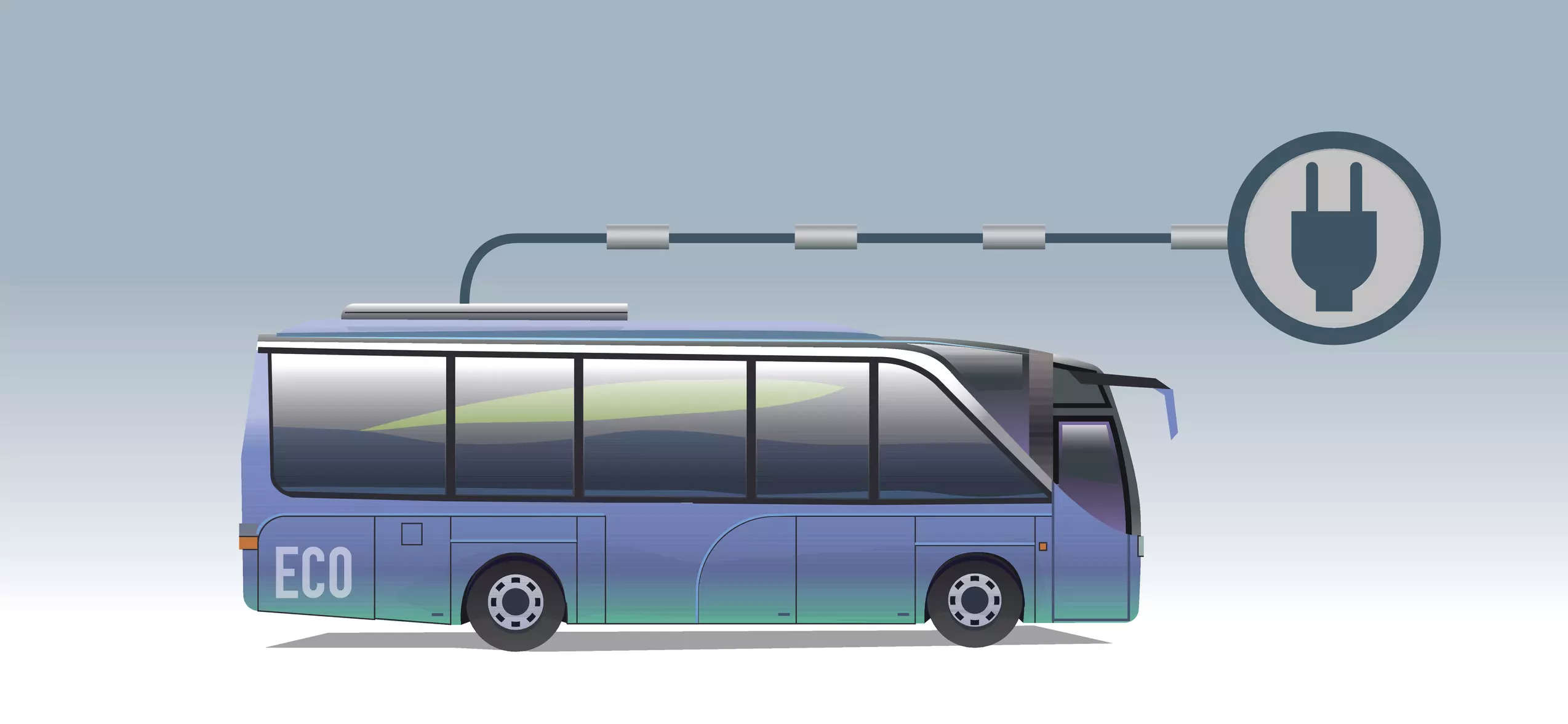
India’s ambitious drive to replace old polluting diesel buses at state-run public transporters with electric buses has hit a speed bump after none of the established automakers, including Tata Motors, Ashok Leyland and PMI Electro Mobility, submitted bids for the INR 5,000-crore tender floated by Convergence Energy Services (CESL) earlier this year.
Lack of funding for bus makers has capped bidding, stakeholders said, pointing to the rickety finances of state-run transport companies – and their ability to timely pay the bus makers leasing the buses to the state-run transporters. Electric buses cost 3-4 times more than diesel buses, and in case of underecoveries, banks cannot seize and redeploy them freely due to the lack of a widespread charging infrastructure.
To be sure, the business model suggests that these buses will remain on balance sheets of the automakers, which will lease the buses to state-run undertakings and earn fees on a pre-defined use basis.
A senior industry executive, who did not wish to be named, said that unless a payment security mechanism is put in place, availability of capital will continue to be a challenge.
“Companies would have these assets on their balance sheet for 12 years. Most state-run undertakings are ailing,” said the executive. “Unless there is a payment security mechanism in place, who would want to take such a risk?”
“We are proactively consulting states, OEMs and central ministries to develop a feasible solution to ensure release of timely payments, which will be beneficial to all the stakeholders,” CESL said in response to ET’s mailed query.
As per the gross-cost contract model, bus manufacturers are required to operate and maintain the electric buses supplied for a period of 12 years in lieu of a per km fee charged to state-run units. Banks and financial institutions, though, remain wary of financing these deals given the poor financial health of the state-run companies.
Financial-Risk Dimensions
“There are three kinds of risk here – operating risk, balance sheet risk and cash flow risk,” P B Balaji, Chief Financial Officer, Tata Motors, explained in a recent interaction.
While the company is comfortable with taking on operating and balance sheet risks to an extent, he pointed out it is not so with the collection risk. Tata Motors bagged orders for supplying the majority of the 5,450 electric buses in the first tender floated by CESL. But it desisted from bidding for the second tender for 6,465 e-buses concluded last year and the third tender for 4,675 e-buses floated earlier this year.
Overall, CESL has managed to aggregate demand for a total of 25,000 e-buses. But the lack of a payment guarantee mechanism is a major hurdle, said industry executives. That could slow down the National Electric Bus Programme (NBEP), designed to curb crude imports and vehicular emissions.
“And that’s (payment security) something critical to ensure for the industry itself, given that the size of the balance sheet will go up. We need to be careful on that front,” Balaji said.
The centre is seeking to deploy 50,000 electric buses at an estimated cost of about Rs 1 crore in the next 4-5 years under NEBP, marking the country’s giant leap to clean mobility. Electrifying buses used for public transport is a priority for the Centre, which believes it is a segment that can have the highest impact – both socially and environmentally.
Staffing Controls
Automakers said the condition to dry-lease and yet operate and maintain the electric buses in the latest tender also emerged as a concern. A second industry executive with a bus making company said while the company has had ‘good experience’ with the STUs it is working with, the condition to manage workers on payrolls of STUs deterred it from participating in the latest tender.
“There is a broad perception that STUs do not pay or do not pay on time. But there are STUs like those in Gujarat, Uttar Pradesh and Delhi that are regular in clearing all dues. The latest tender, however, also requires bus makers to manage workers/drivers on payrolls of STUs,” said an executive at an automaker. “Since we are not paying them, how do we ensure control over services? The driver is as important as the bus, his efficiency or lack of it will determine the level of asset utilization and thereby fare collection. This adds on to concerns about the closure of payments on their part.”















